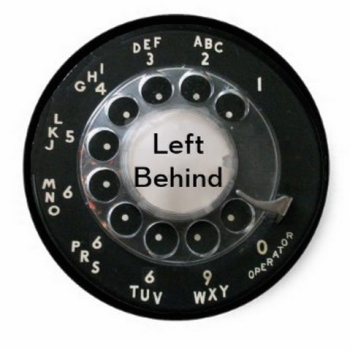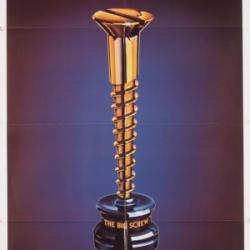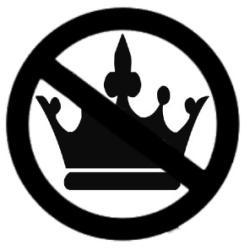Speaking of astrology, James McGrath wrote last week about depictions of sun Gods in Jewish synagogues, including a picture of the zodiac wheel from the sixth-century CE synagogue at Beit Alpha.
This seems to have been a common motif for the floor of synagogues in that period. Intricate mosaics portrayed Jewish symbols such as a Torah shrine and menorah, but the larger part of the floor would portray this huge zodiac wheel, with the sun God Helios in the center and personifications of the four seasons in the corners.
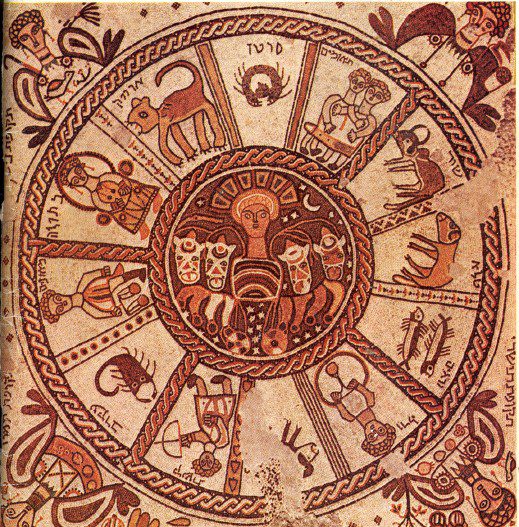
McGrath notes that some scholars are looking at associations between the Jewish God and the sun Gods of other cultures, but I’m still intrigued by the explanation I heard for these mosaics when I got to visit two of these sites during a college trip to Israel and the West Bank 20-some years ago.
We saw the mosaic at Beit Alpha (pictured here) with its rudimentary, somewhat crude depictions of the zodiac, Helios and the seasons. But we also visited another synagogue site — and here again I’m cursing myself for not taking better notes, because I can’t recall the name of it. The other site featured the same pattern, but much more artfully done, with the realistic depictions of classical Greek art.
The mosaics at this other site were similar to the beautiful scenes at Tzippori/Sepphoris, which is what the lower picture here shows. (We did not visit Tzippori because this mosaic was not discovered until 1993 — years after my trip there.)
One of the professors accompanying us on this tour explained what he believed accounted for the difference in styles.
The more elaborate, Greek-style mosaics, he said, were likely the work of Greek artists hired to decorate the synagogue. The theory was that these artists had been instructed to include specific designs for the front of the synagogue (where the Torah and menorah and other Jewish symbols were depicted), but had likely been left with no specific instructions for how to decorate the center of the floor. The choice for the zodiac wheel, Helios and the seasons, this professor said, was likely made by the artists themselves.
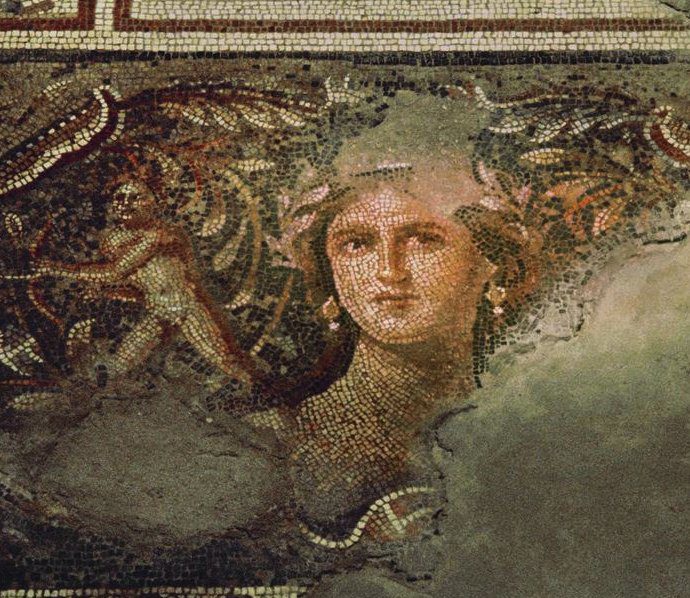
But here’s the interesting part. He believed that the synagogue at Beit Alpha had not hired Greek artists to do their mosaic. He thought it was the work of Jewish artists deliberately copying the Greek artists’ handiwork by copying the patterns and pictures they had seen at Tzippori and elsewhere. He believed these were later mosaics and that they included Helios and the zodiac because, by that time, that had become the established idea of what the floor of a synagogue was supposed to look like.
If that’s right, then that top picture from Beit Alpha doesn’t so much show a picture of the sun God Helios as it does a picture of That Guy With the Chariot That All Those Other Synagogues Have on Their Floors.
So according to this theory, the pictures of Helios in Jewish synagogues did not indicate any Jewish devotion to the sun God, or any association of this sun God with the Jewish God. What it may have indicated, instead, is our powerful human disposition for doing things the way we have always done them. When in doubt, we tend to copy what was done before, even if everyone seems to have forgotten why it was done that way before.
Whether or not this theory is correct when it comes to these mosaics, there’s still probably some kind of sermon to be preached there.



